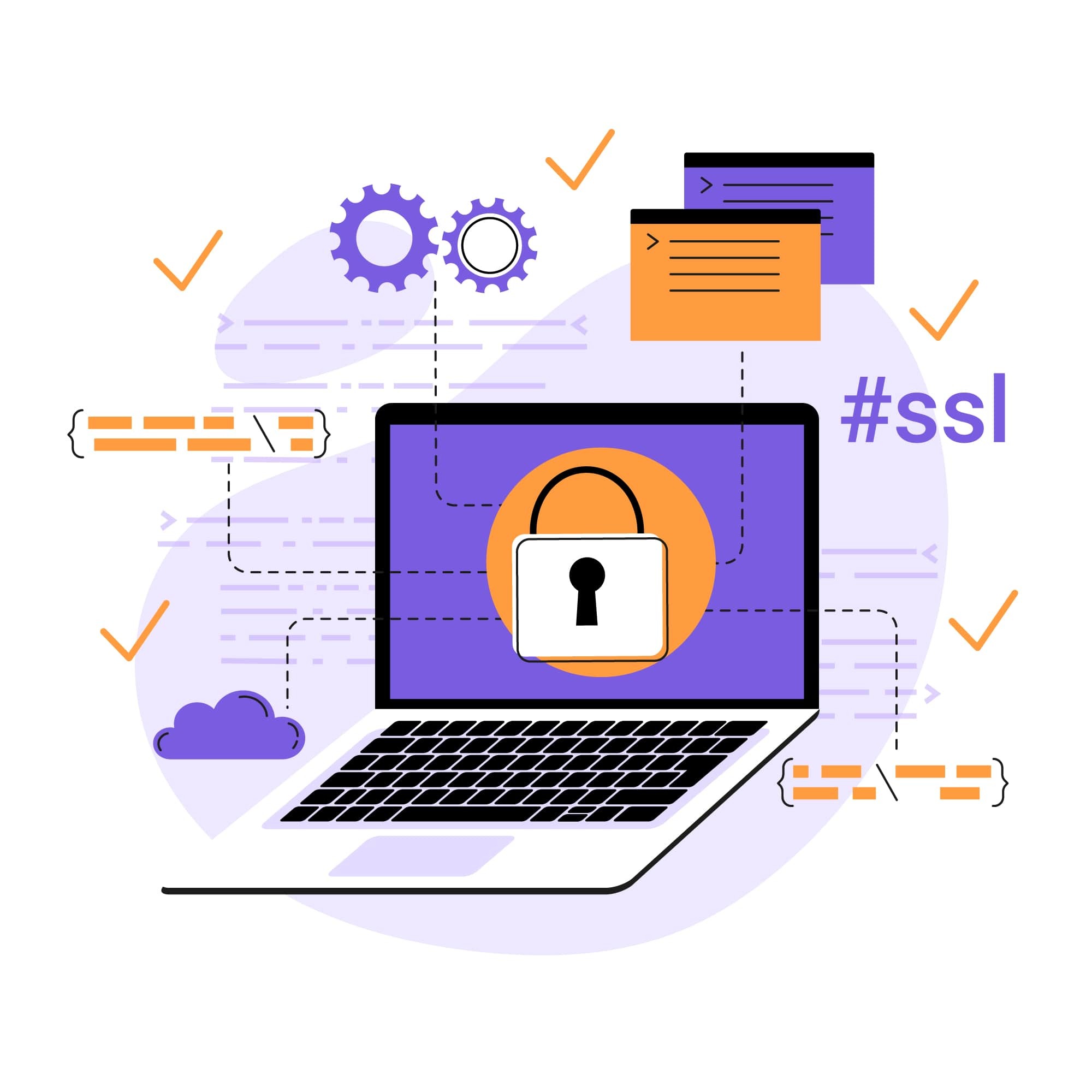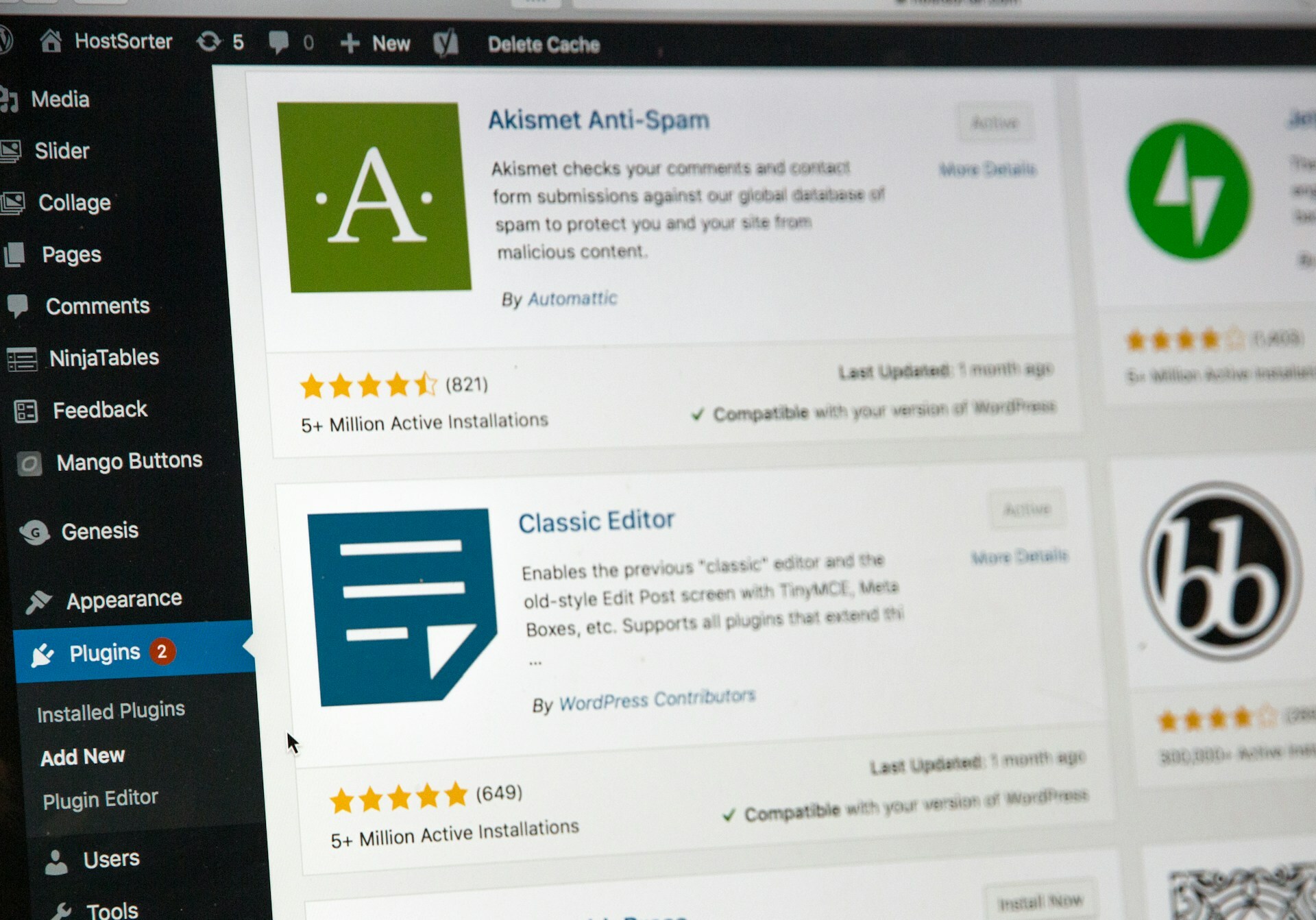
429 Too Many Requests Error: What It Means & How to Fix It?
If you've ever tried to access a website and have been hit with a “429 Too Many Requests” error, you're not alone in wondering what it means. While HTTP error 429 is a relatively common HTTP error code, it's also one of the less commonly understood errors you're apt to encounter when scrolling the web.
For website owners and developers, however, understanding what a 429 error means (and how to fix it) is key. While the function behind this error code plays an important role in keeping websites secure, this error code can also sometimes indicate underlying issues with a website that need to be addressed.
To help you keep your website secure and performing optimally, we've put together an in-depth guide on how to troubleshoot “429 Too Many Requests” errors.
What is a 429 error?
The 429 error code is part of the 4xx family of HTTP status codes, which is a category of status codes that indicate client-side errors. A 429 status code means "Too Many Requests." It's essentially the server's way of saying that the user has sent too many requests in a given amount of time and needs to slow down.
Unlike other 4xx status codes (such as the 403 Forbidden error or the infamous 404 Not Found), a 429 error doesn't mean that the resource is missing or restricted. Instead, it means the server is temporarily rejecting your request because you (or your application) are overwhelming it.
Here are a few of the ways a 429 error might be displayed:
- In Google Chrome: "429 Too Many Requests—The user has sent too many requests in a given amount of time."
- In WordPress dashboards: "429 error: you are being rate limited."
- On mobile apps (e.g., Android): A vague message like “Something went wrong. Please try again later.”
There are a lot of different situations that can lead to a 429 error, including excessive login attempts, overuse of APIs, plugin malfunctions, and bot scraping/automation scripts. We'll take a closer look at each of these causes in the next section to better explain exactly why 429 "Too Many Requests" errors occur.
What causes the 429 error code?
The underlying reason why all 429 errors occur is rate limiting, which is a protective measure servers use to prevent abuse by controlling how many requests a user can make within a set timeframe. However, there are numerous things that can cause a server to enforce rate limiting and trigger a 429 error, including:
- You’ve exceeded request limits: Some APIs or hosting servers cap the number of requests you can make per minute or hour.
- Brute-force attacks or security plugins: Login abuse (such as brute-force attacks) or spam activity can trigger firewalls and security tools to rate-limit traffic.
- Badly optimized code: Scripts or plugins that repeatedly ping a server or API can cause overload.
- Misconfigured third-party services: If you’ve integrated APIs from providers like Google or Microsoft, excessive calls may trigger a 429 response.
- Same IP or user agent: Sending requests from a single IP or browser fingerprint can trip server protections.
- Automation and bots: Aggressive web crawlers and scrapers are often met with this error.
When a 429 error occurs, you may also see a Retry-After header. This header tells you how long you will have to wait before trying your request again.
How to fix error 429 "Too Many Requests" (7 ways)
In many cases, a 429 error can indicate an underlying issue with your website that needs to be addressed. To troubleshoot a 429 "Too Many Requests" error, here are the seven steps you should follow:
1. Wait & retry (honor the retry-after header)
If you see a Retry-After header in the 429 response, follow it. This header might specify a number of seconds or a timestamp. Either way, wait until that time has passed before sending another request. If no header is provided, wait at least a minute or two before trying again.
2. Reduce request frequency
Too many requests in too short a time is most often the issue that causes a 429 error. Use an exponential backoff strategy to reduce your request frequency. In other words, wait longer between each retry. You may also want to optimize your scripts or applications to avoid redundant requests, especially when working with APIs or database calls.
3. Identify & block bots
A sudden spike in traffic may indicate malicious bot activity, such as a DDoS attack. Use analytics tools or server logs to monitor your website traffic and look for malicious activity like rapid, repeated requests. If you'd like to protect your website against malicious traffic, a high-quality Web Application Firewall (WAF) such as the one offered by SiteLock is a great solution. SiteLock's WAF is purpose-built to detect and stop suspicious bots before they overwhelm your site and trigger issues like 429 errors.
4. Check your plugins or themes
In WordPress and other CMS platforms, plugins and themes can sometimes go haywire—especially after updates. If you started seeing 429 errors after installing or updating a plugin or theme, disable it temporarily to see if that's what is causing the issue. If this resolves the error, you can audit the plugin to see if it is making excessive calls. Another effective way to keep your plugins and themes secure and functioning like they should is to leverage automated vulnerability patching.
5. Throttle user login attempts
Brute-force attacks on login pages are a major cause of 429 errors. To prevent this, you'll want to limit the number of unsuccessful login attempts a user is allowed to make. This is a built-in feature on many CMS platforms, but you can also use a third-party plugin to limit login attempts. Another option that will help slow down brute-force attacks is to add a CAPTCHA to your login.
6. Examine headers & request structure
Improper headers can sometimes make legitimate traffic look like bots, so it's important to make sure your Content-Type, User-Agent, and other headers are correctly formatted. You should also avoid sending the same headers repeatedly in rapid succession. If you're building an app, review your CSS, JavaScript, and HTML for elements or scripts that might inadvertently trigger frequent requests, such as auto-refresh tags or poorly configured fetch loops.
7. Contact your hosting provider
There are some cases where a 429 error may not be caused by an issue with your website at all and is instead due to the fact that your hosting provider is imposing rate limits. Hosts sometimes block third-party services like search engines or Google Search Console, and this is especially common on shared hosting plans.
Troubleshooting tips for developers
If you’re a developer, resolving a 429 often means digging into your codebase. Here are some troubleshooting steps to follow:
- In Python: Use response.headers['Retry-After'] to programmatically back off.
- In JavaScript: Add delay logic with setTimeout or promise-based functions.
- In React apps: Use middleware to queue API calls.
- In Chrome DevTools: Monitor the network tab to inspect failed requests and headers.
Best practices for 429 errors
It's important to know how to fix error 429 "Too Many Requests," but proactively preventing these errors from happening is an even better approach. Here are some key best practices for preventing 429 errors from disrupting your site:
- Use API keys responsibly and avoid hard-coding them into client-side code
- Stay within documented rate limits from API providers
- Use caching where possible to avoid redundant requests
- Add a CDN to handle peak traffic loads
- Monitor your server logs for unexpected spikes
- Educate your team on responsible automation practices
When the 429 error is a sign of malware
While most 429 errors are caused by traffic overload or poor configuration, sometimes they’re a red flag. If bots, plugins, or users are generating abnormal requests, your site may be infected with malware. Solutions like SiteLock's malware scanning service and malware removal service can help prevent this.
Prevent 429 errors & malware with SiteLock
A 429 error is ultimately a warning sign that means your website or application is being pushed beyond its limit. Whether it's a burst of traffic, a rogue plugin, or a malicious bot, the cause of a 429 error is always worth investigating.
If you would like to protect your website against the threats that can cause 429 errors and other issues, be sure to check out SiteLock's comprehensive security packages. SiteLock is compatible with all major CMS platforms and offers affordable, scalable security tools like automated malware protection, vulnerability patching, and site optimization.




